A few weeks ago, I was standing in my kitchen preparing dinner while my kids were talking loudly at the table behind me. While this isn’t uncommon or unwelcome, one thing I overheard did catch me by surprise. My sweet seven-year-old said, “Dad is old. He will die soon.”
In the words of the leadership guru and fashion icon Ron Burgundy, “I wasn’t mad, I was impressed!”
Turning 40 this year and celebrating 20 years of vocational ministry, I’m old enough to remember when pastors read a new book called The Purpose Driven Church, went to conferences and came home in Hawaiian shirts, claiming fresh vision and five principles that would help them reach “Saddleback Sam.” Of course, the problem is that while the principles may be solid, Saddleback Sam doesn’t live in Topeka; Topeka Tom lives in Topeka.
Max De Pree famously said, “the first job of a leader is to define reality.” In ministry contexts, especially on a campus, leaders can feel enormous pressure to create something new, to innovate. Usually the recipe for such innovation goes as follows: (1) obtain information: attend a conference, read a book, talk to someone “killing it” and (2) attempt innovation: go home and slap a new logo on a t-shirt and “launch a new ministry.” As with our Purpose Driven example above, what is often missing in the journey from information to innovation is the critical step of integration.
Integration is the combination of knowledge (information + action), habit, accountable relationship (coaching) and context. Make no mistake, the work of integration can be long and difficult. Because the work of integration can be hard, some leaders attempt a shortcut from information right to innovation. Unfortunately, if we try and move directly from information to innovation, without doing the necessary work of integration, all we are left with is imitation. Imitation is like cover band rock-‘n’-roll. It sounds right at the beginning, but as soon as the first lyric is sung, you know something just ain’t right. It’s Van Hagar, not Van Halen.
I share this for you to consider that maybe what your ministry needs for the year isn’t a new idea or more content but rather the integration of what you already know.
Planning for the ministry year is already in full swing. There are mission trips to plan, leaders to develop and new partners to recruit and onboard. Chances are you have attended a few conferences, read some new books, and listened to innumerable podcasts. You are full of new ideas and hopefully vision for what lays ahead. Instead of seeking for something new, or worse, copying the vision of somebody else, think critically about what you are doing or desire to do and give the work of integration a real shot.
Content can often distract us from what is most important and cloud vision for what is absolutely necessary in our ministry context. Before you activate a new idea or pilot a new ministry, it can be helpful to ask the following questions:
- Is this the best source of information?
- What does it look like for this to be true in my ministry?
- Is the idea I am considering worth integrating into our ministry?
- If we do this, what will change? Does it need to?
- Is there another way?
I want to let you in on a secret . . . not every idea is worthy of integration into your ministry. Philippians 4:8 tells us “whatever is true, whatever is noble, whatever is right, whatever is pure, whatever is admirable—if anything is excellent or praiseworthy—think about such things.” Are the ideas you are thinking of implementing true? Are they excellent and praiseworthy, or are you simply bored with what you are currently doing?
Here are a few steps to take when integrating a new idea:
- Be an Idea Snob: When you hear, read, see something new, ask if this is the best source or if there is another. Find the real thing, not a facsimile.
- Count the Cost: Is what you are considering changing worth the effort required to make the change well?
- Don’t Go Alone: Who are the key stakeholders in your ministry that need to be on board for the change to happen in your ministry? Involve them early.
- Don’t Give Up: When leaders do the hard work of championing a new idea, it can be easy to give up when we encounter resistance. Instead of quickly abandoning the idea, use the resistance as an opportunity to learn, pivot and create something better. Version 1.0 of anything is very seldom the final version.
While there is much more to be said about the steps between information and innovation, most likely what you need isn’t a new idea, it’s the full-fledged integration of an idea you already have.





